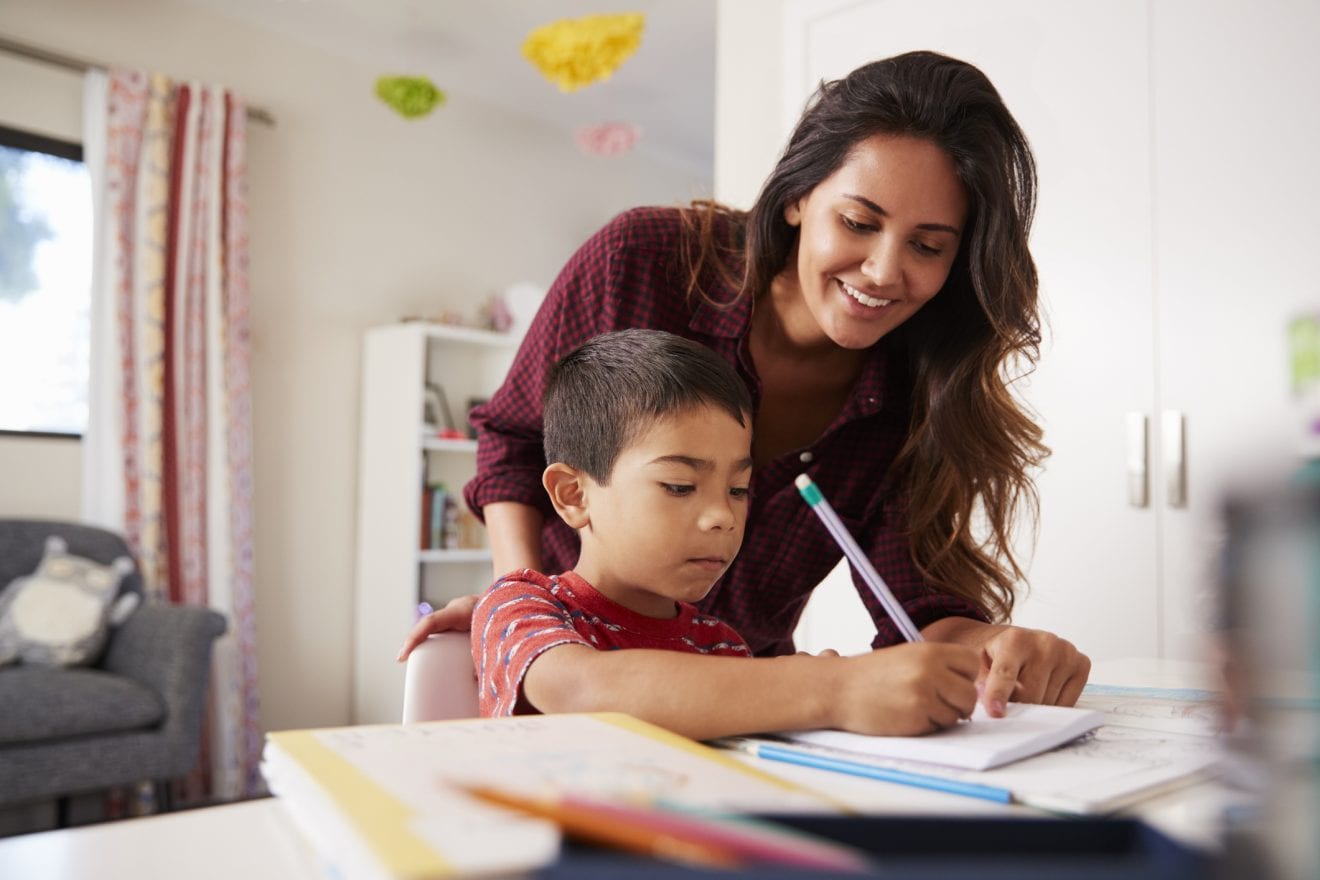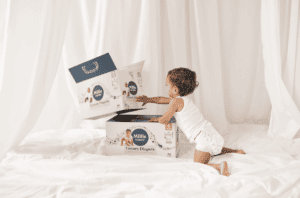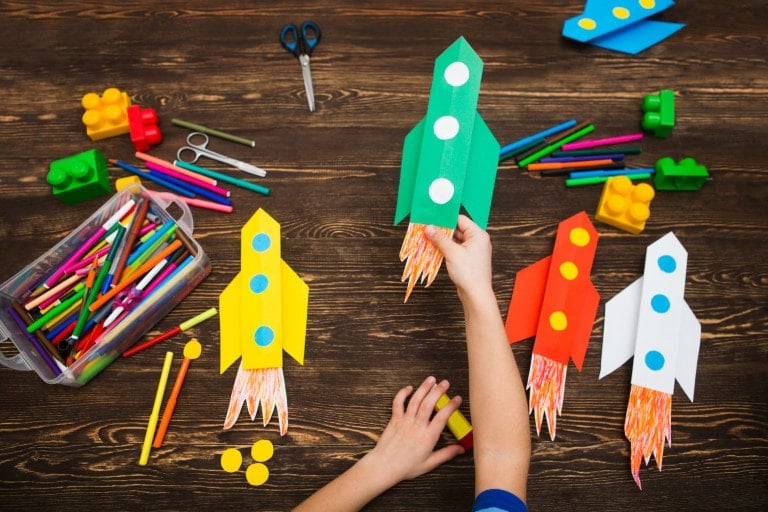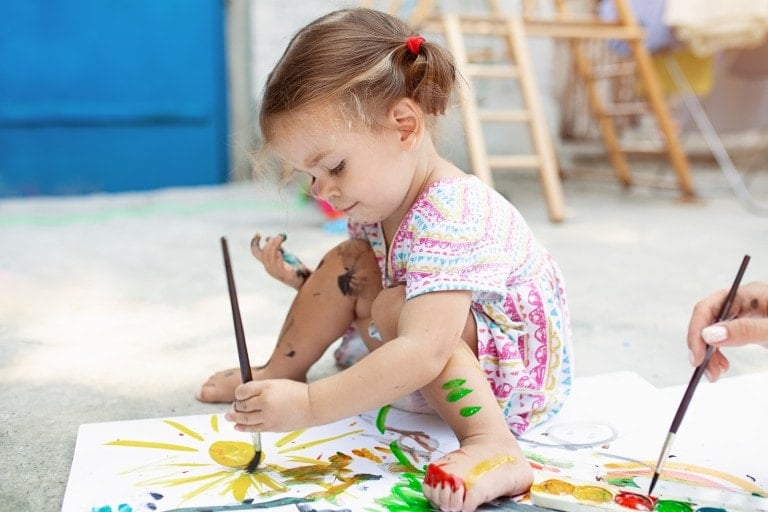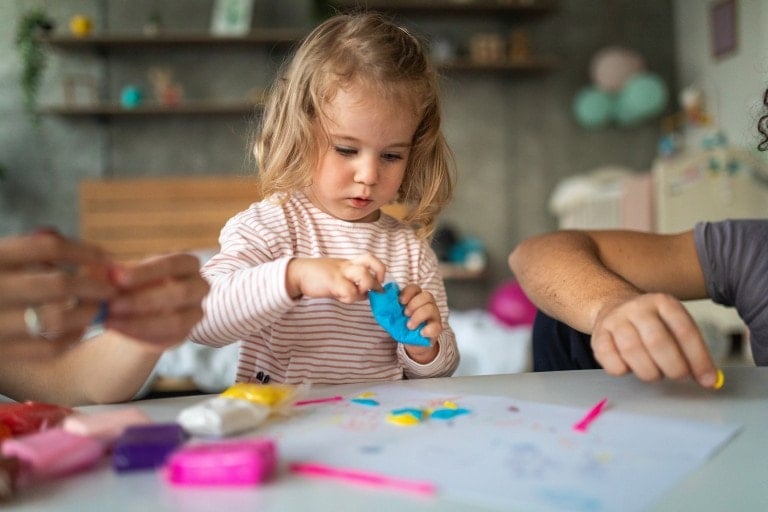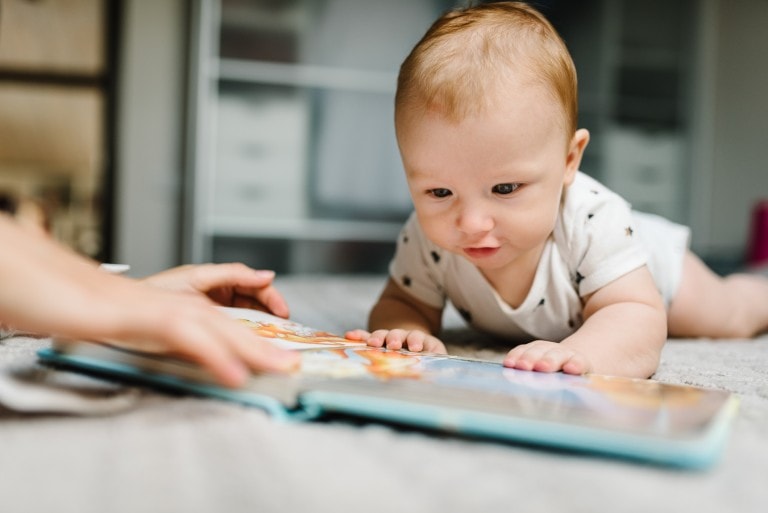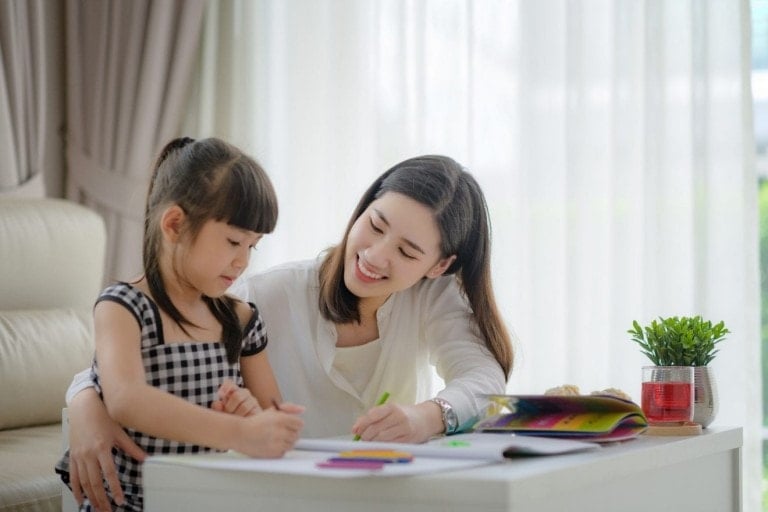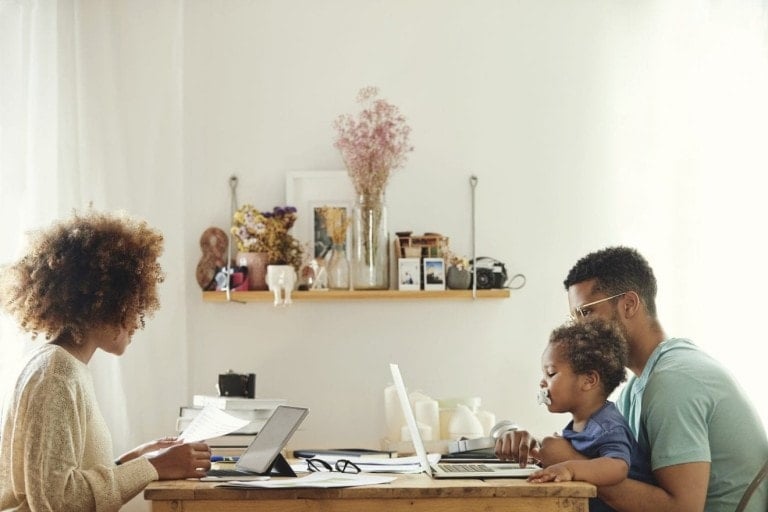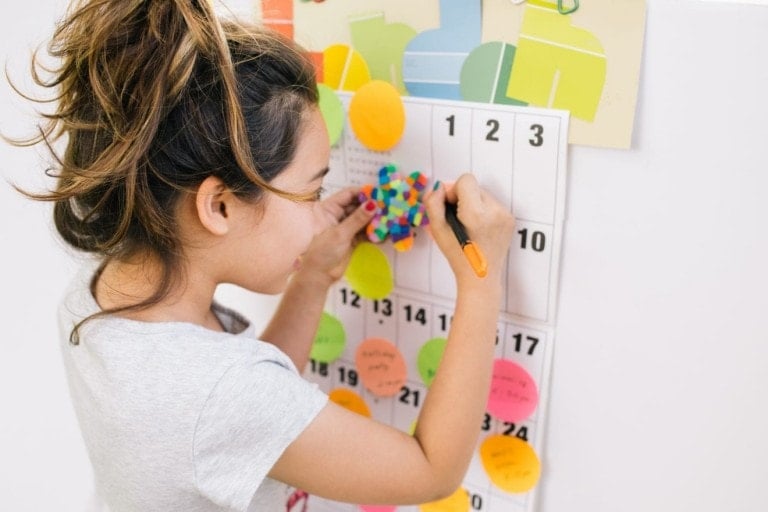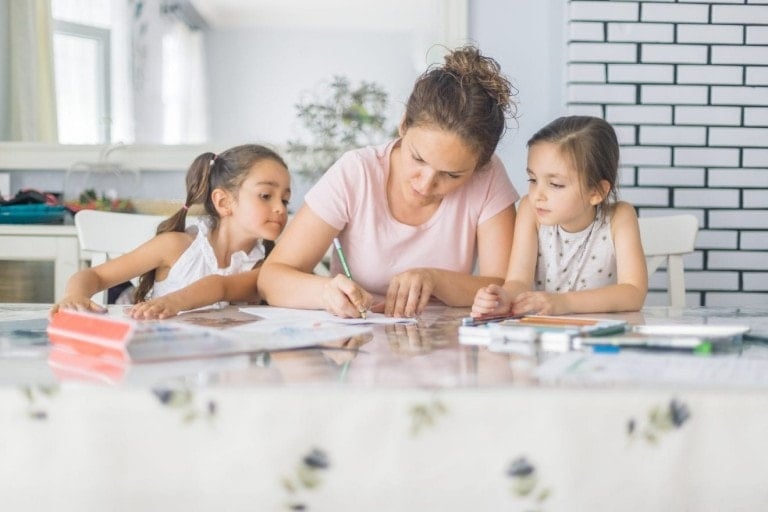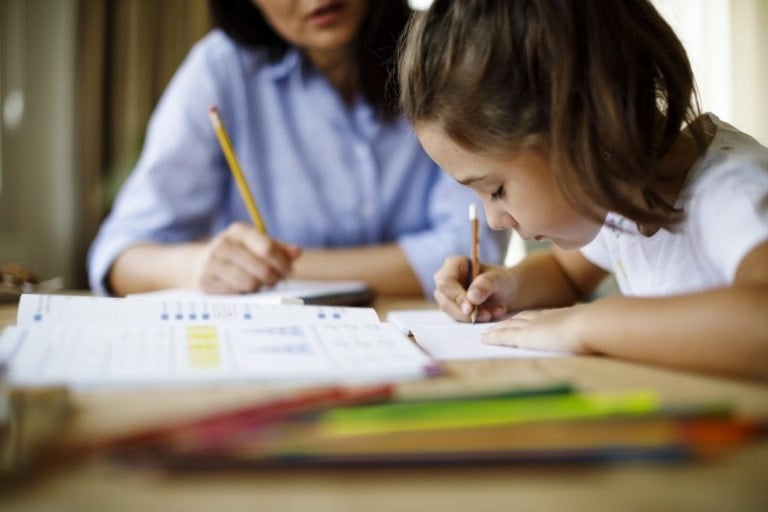When my son was entering the 3rd grade, we decided to homeschool. We didn’t know for how long or what that would look like. We had no clue. All we knew was that we wanted to create a space at home that felt like a “school room” where he could work, learn, and excel. I had grand ideas and looked at a million different Pinterest pages to get inspiration for setting up the most productive space for my child.
We transformed our dining room into an oasis of colors, activities, and a desk. I went to the local Teachers’ store and bought posters filled with inspirational sayings and quotes. And I thought, “Maybe I missed my calling! I should have been a teacher. I’m good at this.” Then real life set in. My son didn’t want to sit at the perfect little desk. He didn’t read the colorful posters and wasn’t interested in the limitless activities I painstakingly organized. He just wasn’t into it.
What was I doing wrong? The “school room” looked so perfectly equipped and appointed with arts and crafts, learning kits, activities, educational posters, and so much more. Then it hit me. One main benefit of homeschooling is getting to know your child’s learning style. I knew from experience that my son was a physical learner. He was also an existential learner who needed to constantly move around and ask big questions. He loved science–specifically paleontology and biology. Also, he loved fantasy books and stories from mythology. He was a learner who didn’t like the demands of school all that much. He wanted to learn about things he was deeply interested in. So, I let his interests influence how I set up the dining room.
Homeschool 101: Set Up a Learning Space
Before you invest in anything, get to know your child’s learning style.
If they are visual learners, you may want to use lots of posters and visual aids. If they are auditory learners, you may want to set up a stereo space with headphones so they can listen to audiobooks and music. For some kids, too many visuals in one space can be distracting. For other kids, lively displays and lots of educational information is inspiring.
The night before, create a schedule using a time-blocking strategy.
Using a dry-erase board, a piece of paper, or a wall planner, write down a simple schedule that is displayed prominently. Remember, kids who homeschool do not have to be schooled 7-8 hours a day as in a traditional school. Cut your homeschool time way back, and keep lessons to no more than 20-30 minutes. In our case, we did away with creating homeschool schedules that started and ended at certain times because it created too much anxiety about finishing and moving on to the next experience. Instead, we’d write “Reading: 30 minutes” or “Online Math Games: 20 minutes.” Other kids thrive on set times, so do what works for you. After a few days, your child will go straight to the schedule board to see what the day will bring.
Clear a wall.
Clear one wall of your designated space and make it completely blank. Make sure it’s free of pictures or furniture blocking access to it. Together, make a poster that reads “I Want to Learn More About…” and put it up high on the wall.
Create a visual learning board on your wall.
Depending on your child’s age, find images online, and print out the things he wants to learn more about. In our case, I would print images of chess games, a giant squid, the history of video games, Egyptian pyramids, dragons, cupcakes, and more. After printing the images out, my son would tape the images all over the wall, and we would discuss why he wanted to learn more about certain subjects. This would give me great insight into the different library and online resources I would need to gather to create lessons.
Create “stations” in your designated space, but don’t be married to using them.
Depending on your child’s learning style, they may prefer to work at the kitchen table, on the couch, on the floor, or with colored chalk on the sidewalk. Setting up a learning space can look as unique as your child! The idea is to let them take some control over the “hows” and “wheres” of completing their work. In our case, I created a comfortable reading nook for designated reading time. We also had a large folding table with storage underneath it. We stored crafts materials, math supports (rulers, calculators, fake money, flashcards, science kits we purchased online), and other educational tools. On top of the table were active projects that my son was working on. He could either work at that station or move to another area of the house.
Display a large calendar.
Use this to keep track of activities, including online class times for one-time classes or a class series, deadlines for larger projects, meetings with friends, field trips, and “free days” that they can look forward to. Involve kids in planning calendar activities. The more ownership you give them, the more committed they are to their success!
In the end, we used our homeschool room mostly for reading time, organizing materials, figuring out what lessons would be planned, taking online classes, storing games, and doing certain crafts projects that required more floor space. But most of the homeschooling happened in the kitchen when we measured ingredients for math. Or the greenbelt when we’d track small animals and birds and then look them up online when we got home. Or when we’d read a scene from an old play and then act it out by memory to see how much we could remember. So much learning was first-hand and hands-on. Kids have an opportunity to learn subjects through the lens of their interests. This is the gift of homeschooling.
So, before you invest in the homeschool classroom of your dreams, get to know how your child learns and what they are passionate about. You don’t need to re-create school at home. Your child’s learning space needs to be unique to how they best learn. This is a whole new kind of education. And the journey is truly an adventure.













